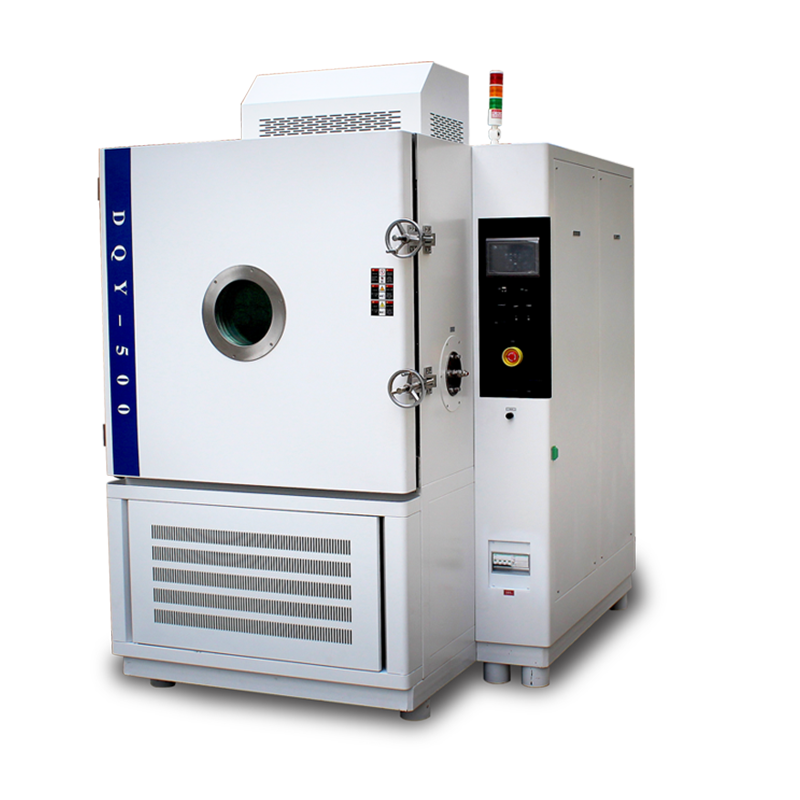With the advancement of technology, smart manufacturing has gradually become a significant trend across various industries. In this context, high-low temperature and low-pressure test chambers, as critical testing equipment, are playing an increasingly important role in product development and production processes. Below, we will explore how low-pressure test chambers support the upgrading and development of smart manufacturing through their unique functions and applications.
I. Basic Concept of High-Low Temperature and Low-Pressure Test Chambers
A high-low temperature and low-pressure test chamber is a device that simulates high-altitude or low-pressure environments by adjusting parameters such as air pressure, temperature, and humidity to test the performance of materials and products under extreme conditions. This equipment is widely used in industries such as aerospace, electronics, and electrical engineering to ensure product reliability and stability in harsh environments.
II. Facilitating Product Development
During the smart manufacturing process, the product development phase is crucial. High-low temperature and low-pressure test chambers help engineers identify potential issues at an early stage. For example:
- Product Performance Verification: By simulating different pressure environments, companies can conduct comprehensive performance evaluations during the product design phase to ensure that products function properly under various conditions. This is particularly important in fields like aerospace and electronics.
- Material Selection Optimization: Low-pressure testing can verify the adaptability of different materials, helping R&D teams choose the best materials to enhance product reliability and durability.
- Accelerating Iteration Speed: Using high-low temperature and low-pressure test chambers, companies can conduct experiments and validations more quickly, shortening time-to-market and strengthening competitiveness.

III. Applications in the Production Process
In the production phase of smart manufacturing, high-low temperature and low-pressure test chambers also play a significant role:
- Quality Control: By conducting low-pressure tests on key products during production, companies can promptly identify issues, ensuring that each batch meets quality standards and significantly reducing the risk of defective products.
- Intelligent Monitoring: Modern high-low temperature and low-pressure test chambers are often equipped with embedded intelligent monitoring systems that enable real-time data collection and analysis, ensuring oversight of every production step and improving efficiency and safety.
- Predictive Maintenance: By integrating low-pressure test data with smart manufacturing systems, companies can implement predictive maintenance, reducing equipment failure rates, minimizing downtime, and enhancing production efficiency.
IV. Supporting Sustainable Development
Amid the current focus on environmental protection and sustainability, high-low temperature and low-pressure test chambers also contribute to the sustainability of smart manufacturing. By optimizing product design and material selection, companies can reduce resource waste and better meet the requirements of green manufacturing. Additionally, using low-pressure testing in product development can lower energy consumption during experiments, helping companies achieve their sustainability goals.
High-low temperature and low-pressure test chambers play an indispensable role in smart manufacturing. From product development to production quality control, they provide multifaceted support to companies, helping them stand out in an increasingly competitive market. As technology continues to advance, the functions and applications of these test chambers will expand further, injecting more momentum into smart manufacturing. By leveraging this advanced equipment effectively, companies can not only improve production efficiency and product quality but also maintain continuous innovation and competitiveness in the new era of development.












